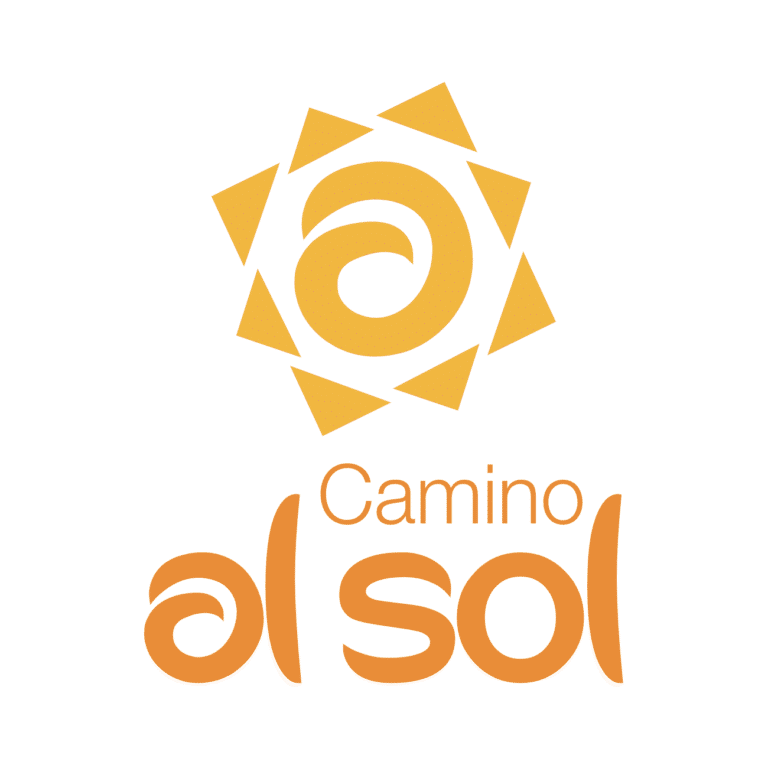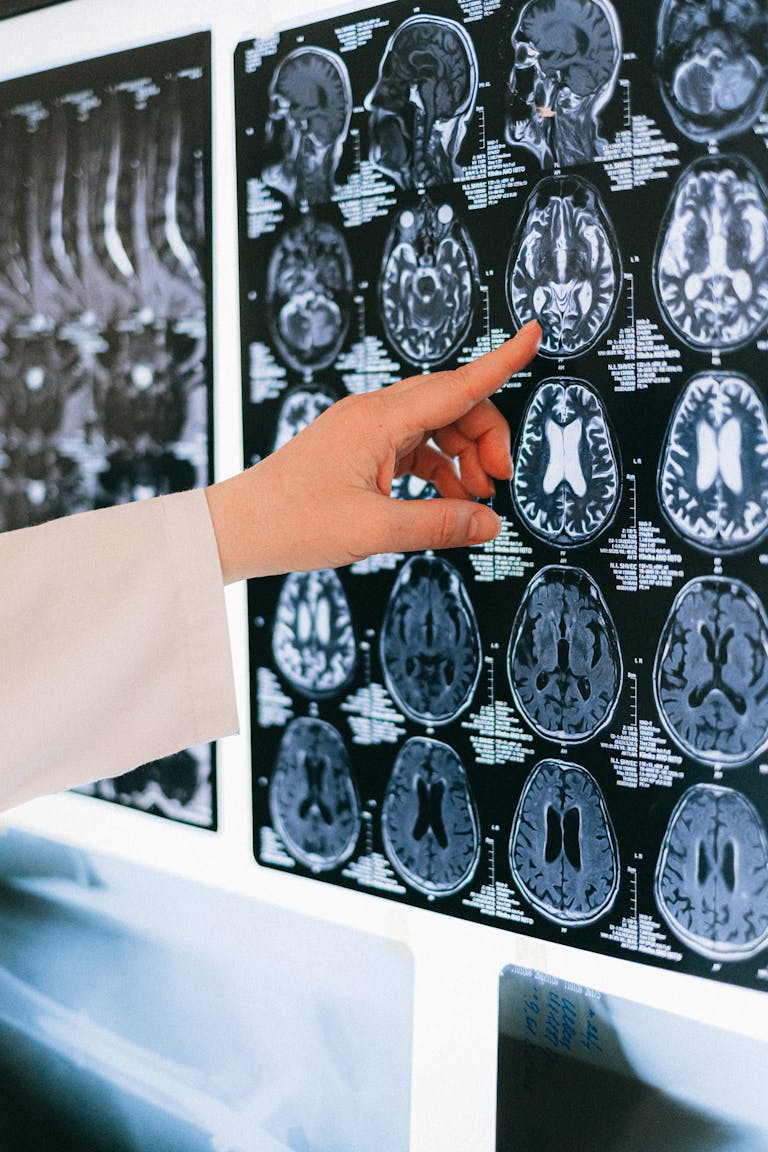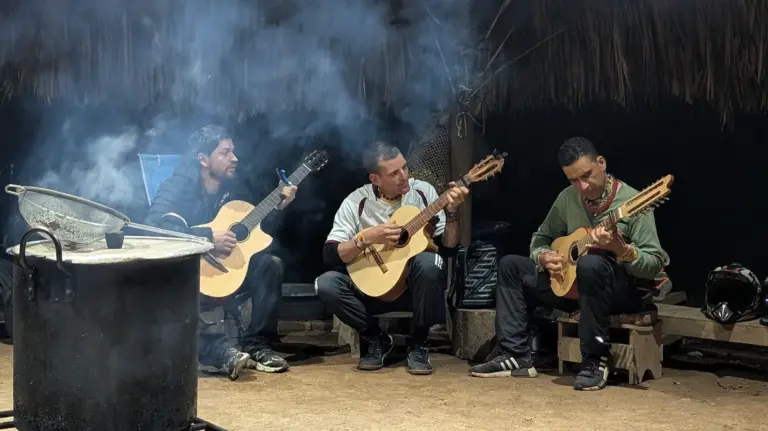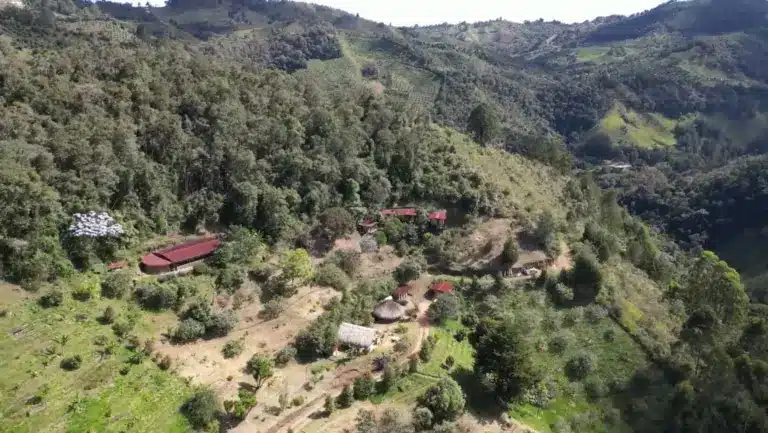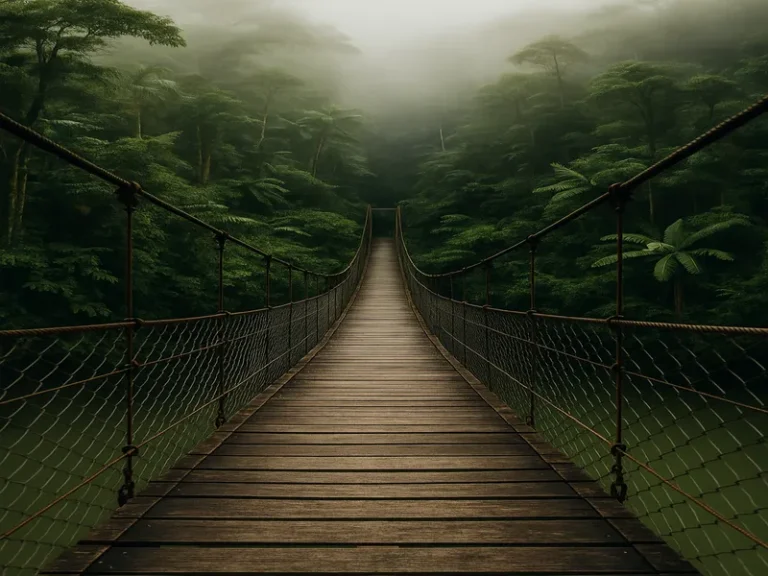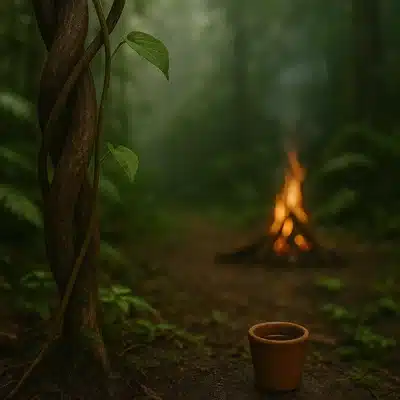Ayahuasca vs DMT: Key Differences, Effects & Safety
Ayahuasca vs DMT: Understanding Their Differences and Connection
In recent years, interest in plant medicines and psychedelics has surged, with many seekers coming across two powerful names: ayahuasca and DMT. While related, these two experiences are not interchangeable. Understanding their differences — from their chemical makeup to their effects on the central nervous system — can help you choose the path that aligns best with your goals, whether you’re seeking deep spiritual healing, relief from treatment-resistant depression, or a profound exploration of consciousness itself.
In this guide, we’ll explore their origins, chemistry, short- and long-term effects, safety considerations, and cultural significance — and offer insights into which path might be right for you.
Table of Contents
What is Ayahuasca?
Ayahuasca (or yagé) is a sacred plant medicine from South America, especially the Amazon basin. Traditionally brewed from the Banisteriopsis caapi vine and Psychotria viridis leaves, it has been used for centuries by indigenous peoples for healing, divination, and spiritual connection.
In Colombia, authentic ayahuasca ceremonies are still guided by experienced taitas (shamans), often following lineages passed down over generations. The brew itself is one of several traditional ayahuasca brews found across the continent, each reflecting the spirit of its territory and people.
Ayahuasca is not just a substance — it’s an experience embedded in ritual, community, and intention. The dimethyltryptamine (DMT) within the leaves acts as the visionary component of ayahuasca, while the vine provides harmala alkaloids that inhibit enzymes in the body, allowing the DMT to reach the brain and activate serotonin receptors. This combination produces visions and deep emotional processing that can last for several hours.
📎 Learn more about our approach in the Authentic Ayahuasca Retreat in Colombia page.
What is DMT?
DMT (N,N-Dimethyltryptamine) is a naturally occurring psychedelic compound found in many plants — and even in the human body. In the United States, it’s classified as a Schedule I controlled substance, though its use in traditional South American contexts is recognized as part of indigenous culture. When consumed in pure, synthetic, or extracted form (often smoked or vaporized), it produces an intense but short-lived experience, usually lasting 5–15 minutes.
Users often describe entering vivid, otherworldly realms filled with intricate patterns, beings, and overwhelming sensations. The effects of DMT include rapid changes in perception, strong emotional responses, and a temporary alteration of the sense of self. Physiologically, it can momentarily increase heart rate and blood pressure, though it’s typically short-acting on the central nervous system.
Unlike ayahuasca, smoked or vaporized DMT experiences occur without the ceremonial framework unless intentionally added — and are over before most people have a chance to process what happened.
Key Differences Between Ayahuasca and DMT (Is Ayahuasca DMT?)
Many people search for “ayahuasca vs DMT,” “DMT vs ayahuasca,” or even ask “is ayahuasca DMT?” The answer is both simple and nuanced. While DMT is the main psychoactive molecule in ayahuasca, the brew’s unique composition — including harmala alkaloids that slow DMT’s breakdown — transforms the experience entirely. In other words, ayahuasca contains DMT, but it is not the same as DMT alone.
| Aspect | Ayahuasca | DMT |
|---|---|---|
| Duration | 4–8 hours (long-term introspection possible) | 5–15 minutes |
| Administration | Brew (oral) in ceremony | Smoked, vaped, or injected |
| Setting | Traditional, guided | Often solo or informal |
| Integration | Built into ceremony | Requires self-created structure |
| Cultural Roots | Indigenous Amazon, South America | Global modern use |
| Effect Profile | Gradual unfolding; affects mind, emotions, and body | Instant immersion; highly visual, rapid onset |
The Role of Ceremony
One of the most profound differences between ayahuasca and DMT is the container in which these medicines are taken. Ayahuasca is traditionally held in a ceremonial space — with chants (icaros), rituals, and a community of participants. This framework provides safety for those with emotional challenges or underlying mental health conditions.
This ceremonial context not only guides the experience but also helps prevent risks that can arise when psychedelics are used without preparation. For example, individuals with heart issues or psychiatric vulnerabilities may face increased risk if not properly screened — which is why authentic retreat settings emphasize safety and medical review.
Pure DMT use outside of a ceremonial context can still be profound, but without guidance, it may be harder to integrate insights into daily life or maintain emotional balance afterward.
Safety Considerations
- Ayahuasca requires careful medical screening due to potential interactions with medications (especially antidepressants that affect serotonin receptors) and certain heart or neurological conditions. It also involves physical purging, which is considered part of the healing process. See our Ayahuasca Safety Guide for full details.
- DMT is physically short-acting and generally well-tolerated, but the intensity can be psychologically overwhelming, especially for those without experience in altered states or with untreated mental health conditions.
Choosing Your Path: Ayahuasca or DMT?
If you’re looking for deep emotional healing, spiritual connection, and guidance, ayahuasca offers a slower, more integrated journey that unfolds over hours and continues to work in subtle ways long after the ceremony ends.
If your goal is to briefly explore the outer edges of consciousness or understand the effects of ayahuasca and DMT before committing to a full retreat, DMT can provide a rapid, immersive glimpse — though it lacks the cultural and spiritual container of traditional ceremony.
Ultimately, both medicines interact with the same serotonin system in the brain, influencing perception, mood, and cognition. But the presence of ritual, guidance, and integration makes ayahuasca a very different path from isolated DMT use.
Ayahuasca in Colombia
At Camino al Sol, we hold intimate retreats in El Retiro, Antioquia, rooted in authentic Amazonian lineage. Transportation is included, group sizes are small, and additional therapies — like plant baths and ancestral massage — support your process in harmony with the local South American tradition.
If you’re curious beyond the ayahuasca vs DMT conversation, read our Ayahuasca Safety Guide or explore A Healing Journey Is Not a Straight Line to understand how transformation continues long after ceremony — because the real ceremony is life itself.


